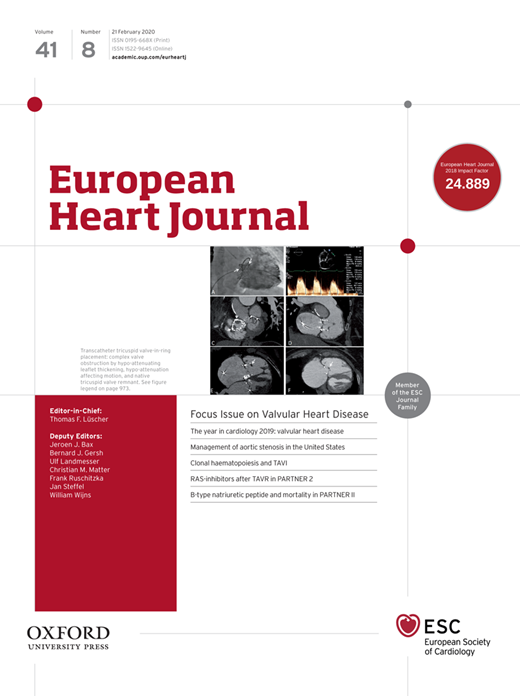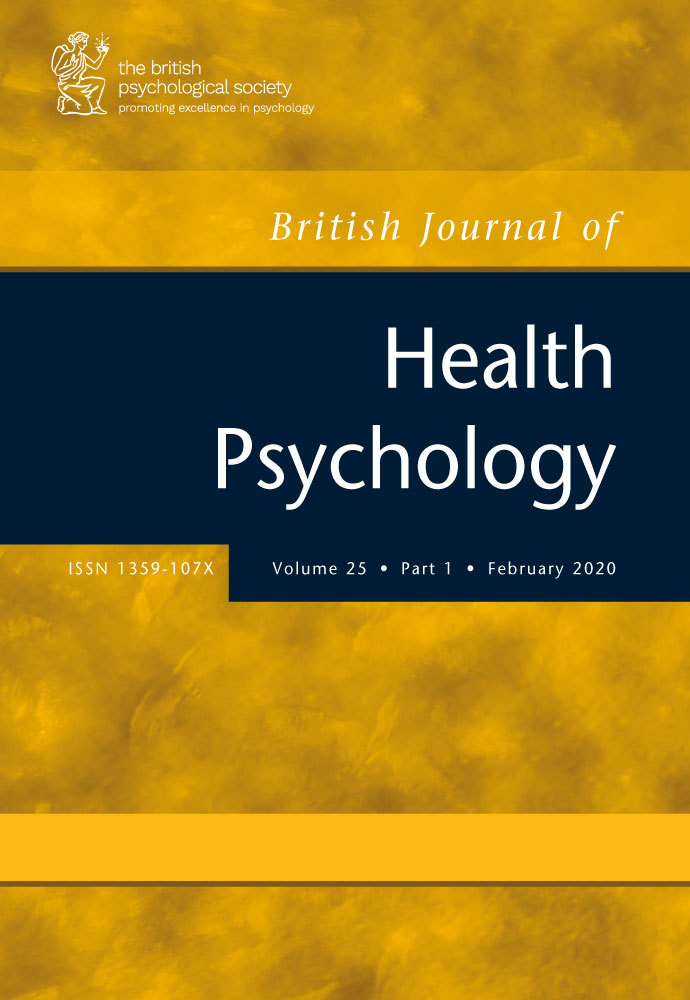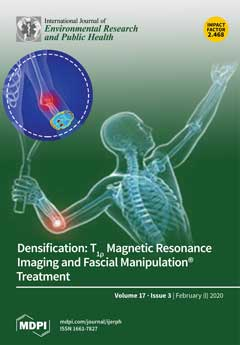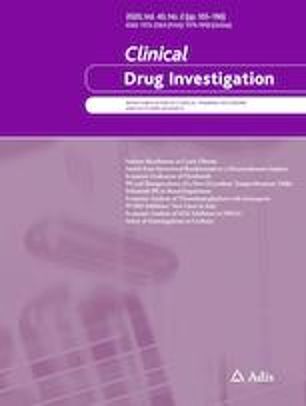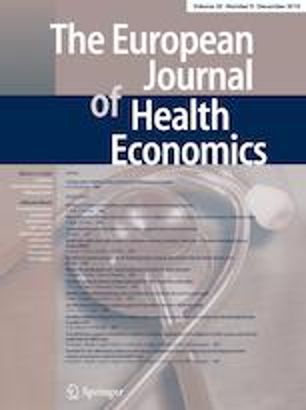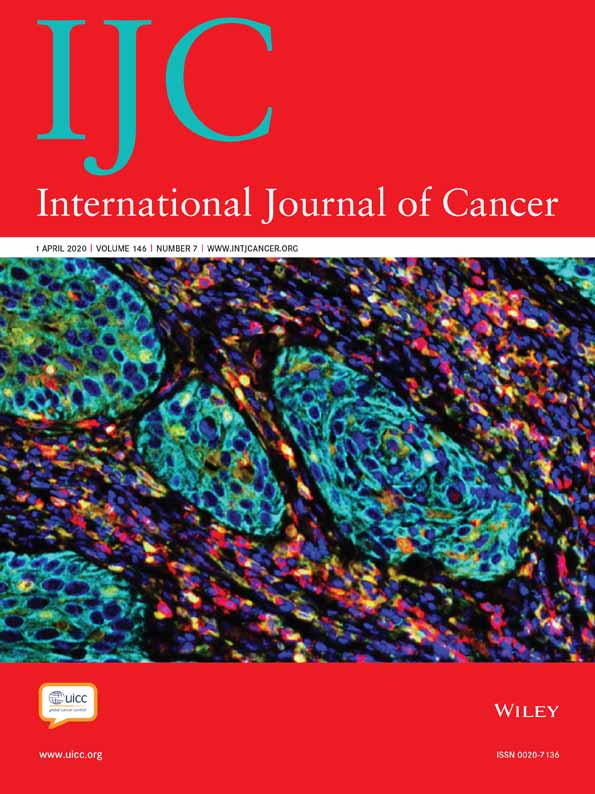The associations of major foods and fibre with risks of ischaemic and haemorrhagic stroke: a prospective study of 418 329 participants in the EPIC cohort across nine European countries
Aim To investigate the associations between major foods and dietary fibre with subtypes of stroke in a large prospective cohort. Methods and results We analysed data on 418 329 men and women from nine European countries, with an average of 12.7 years of follow-up. Diet was assessed using validated country-specific questionnaires which asked about habitual intake over…



